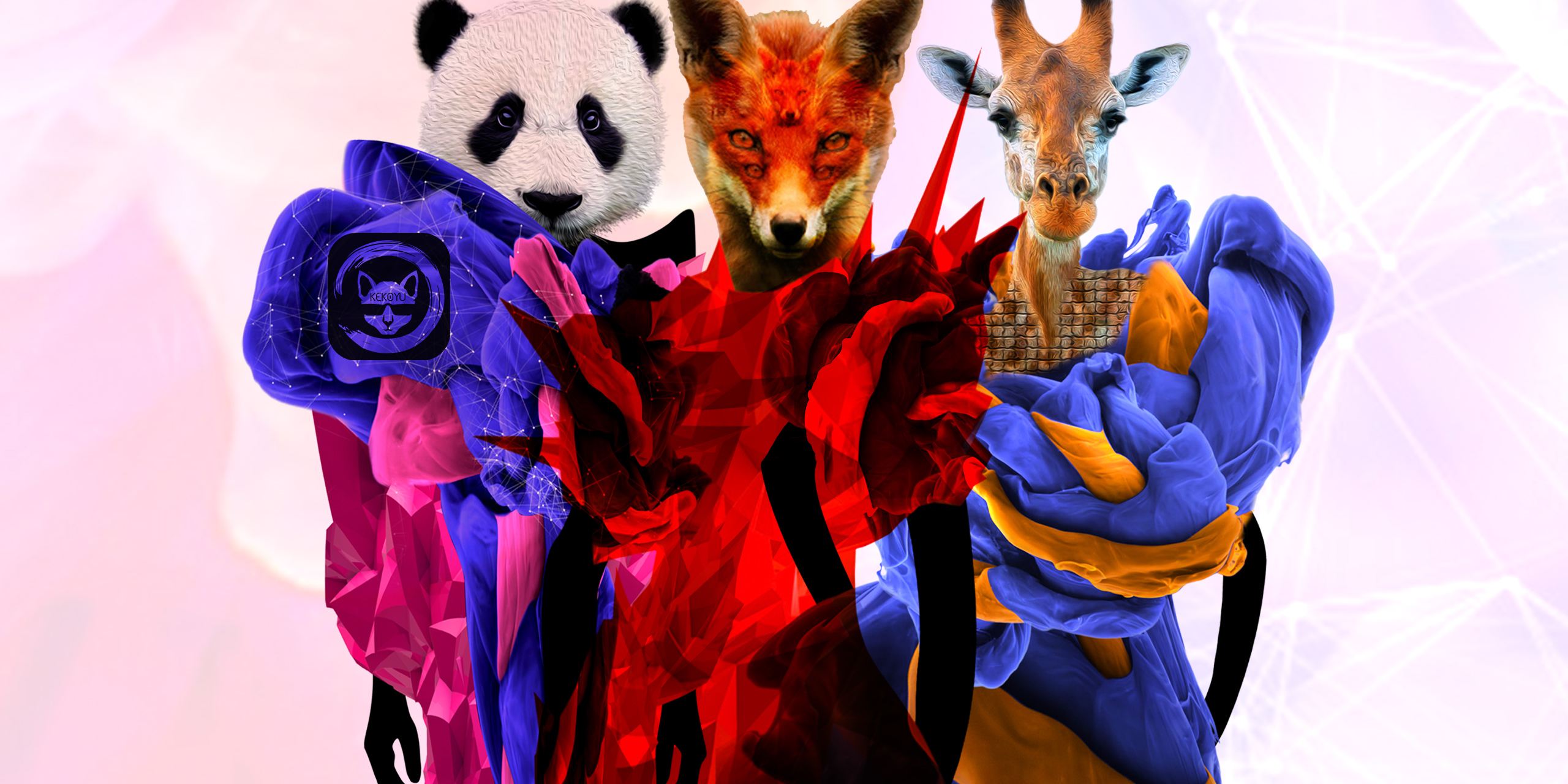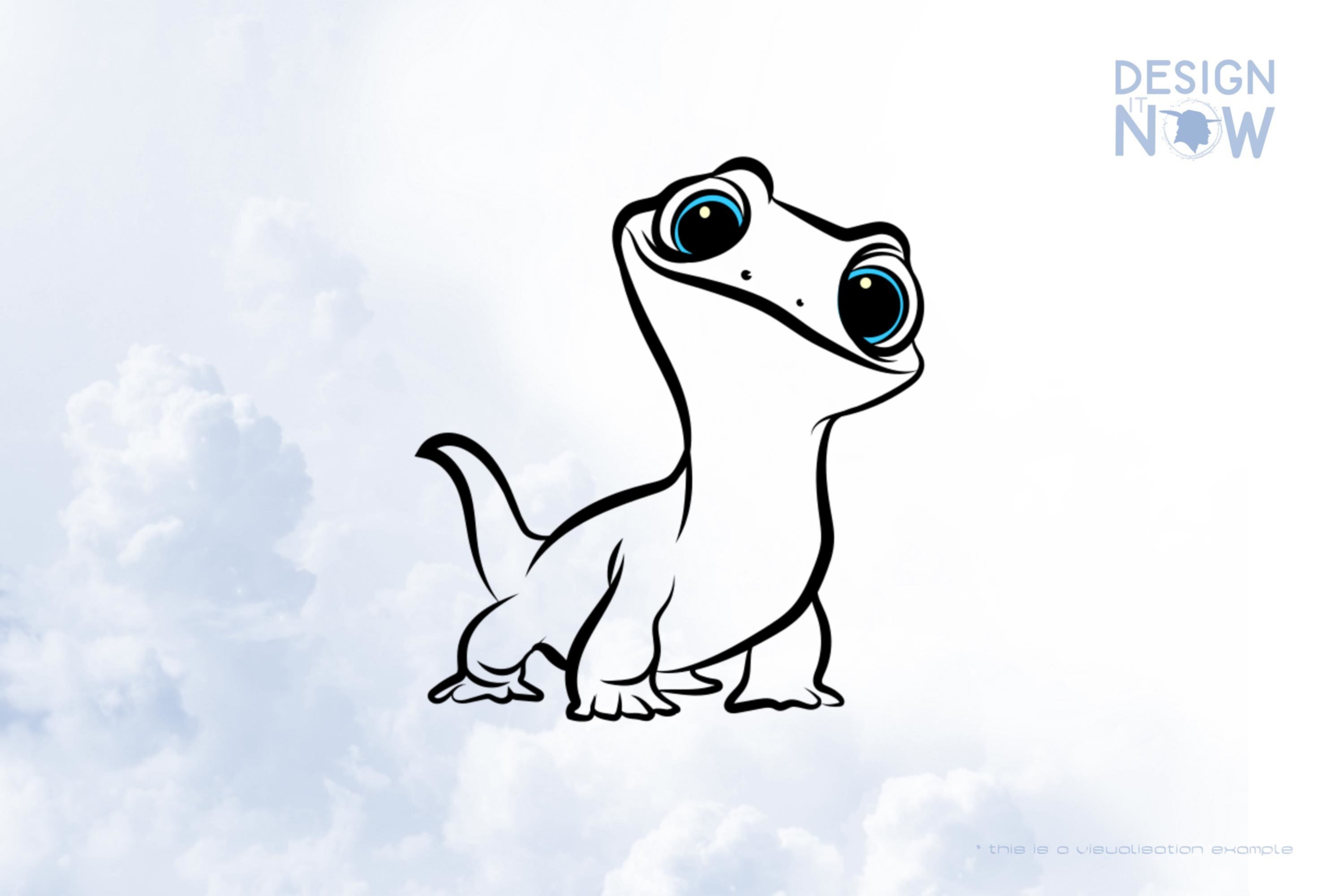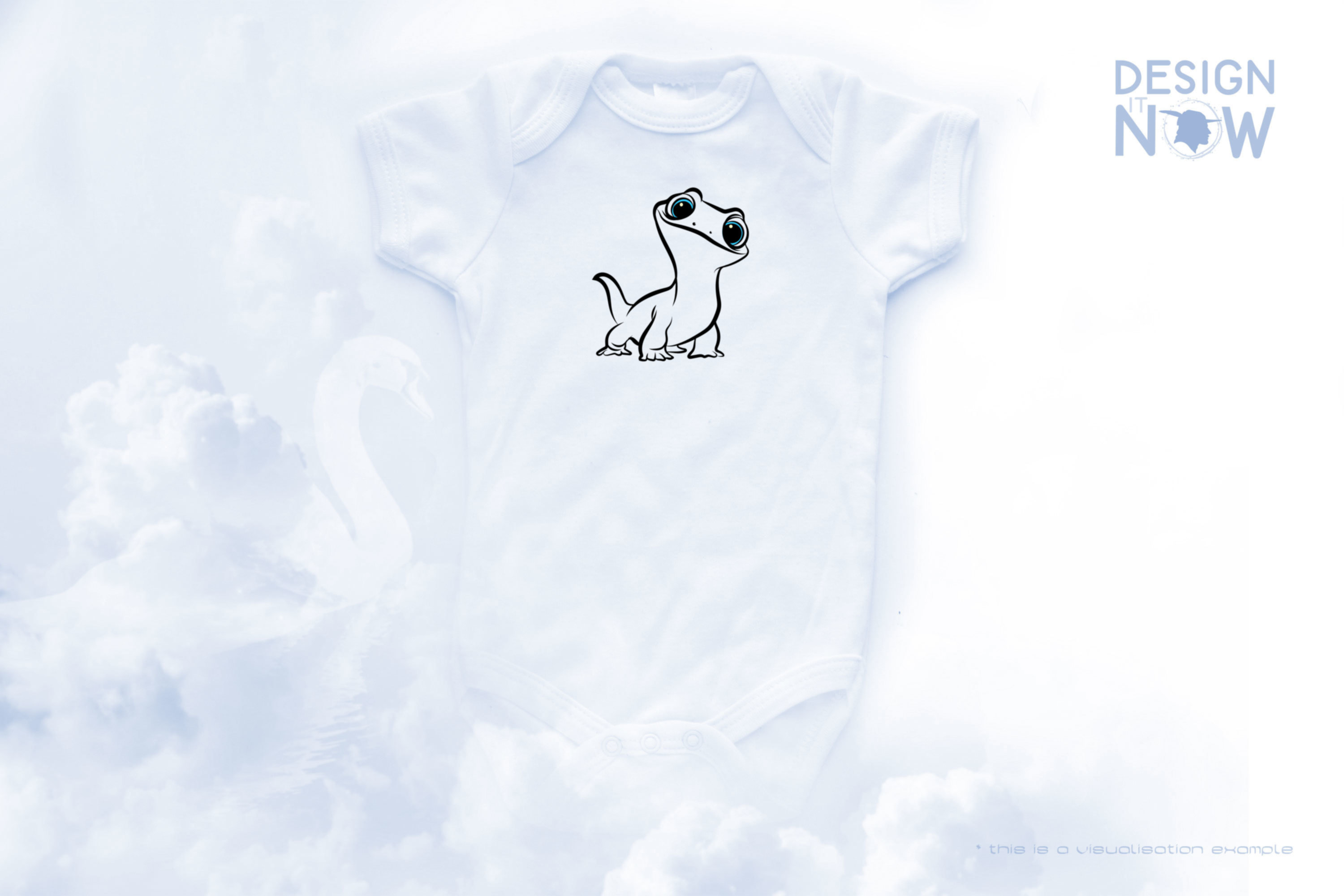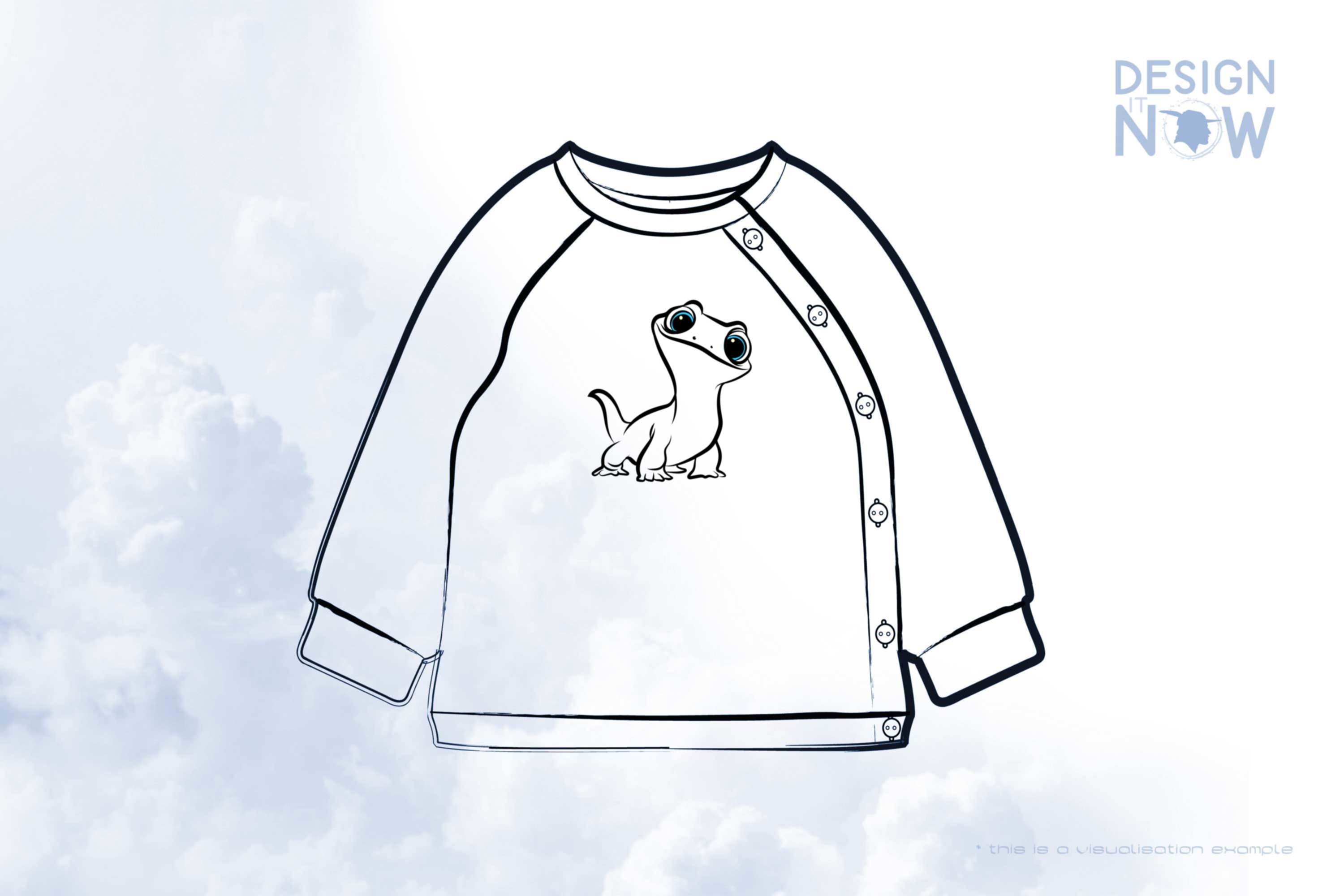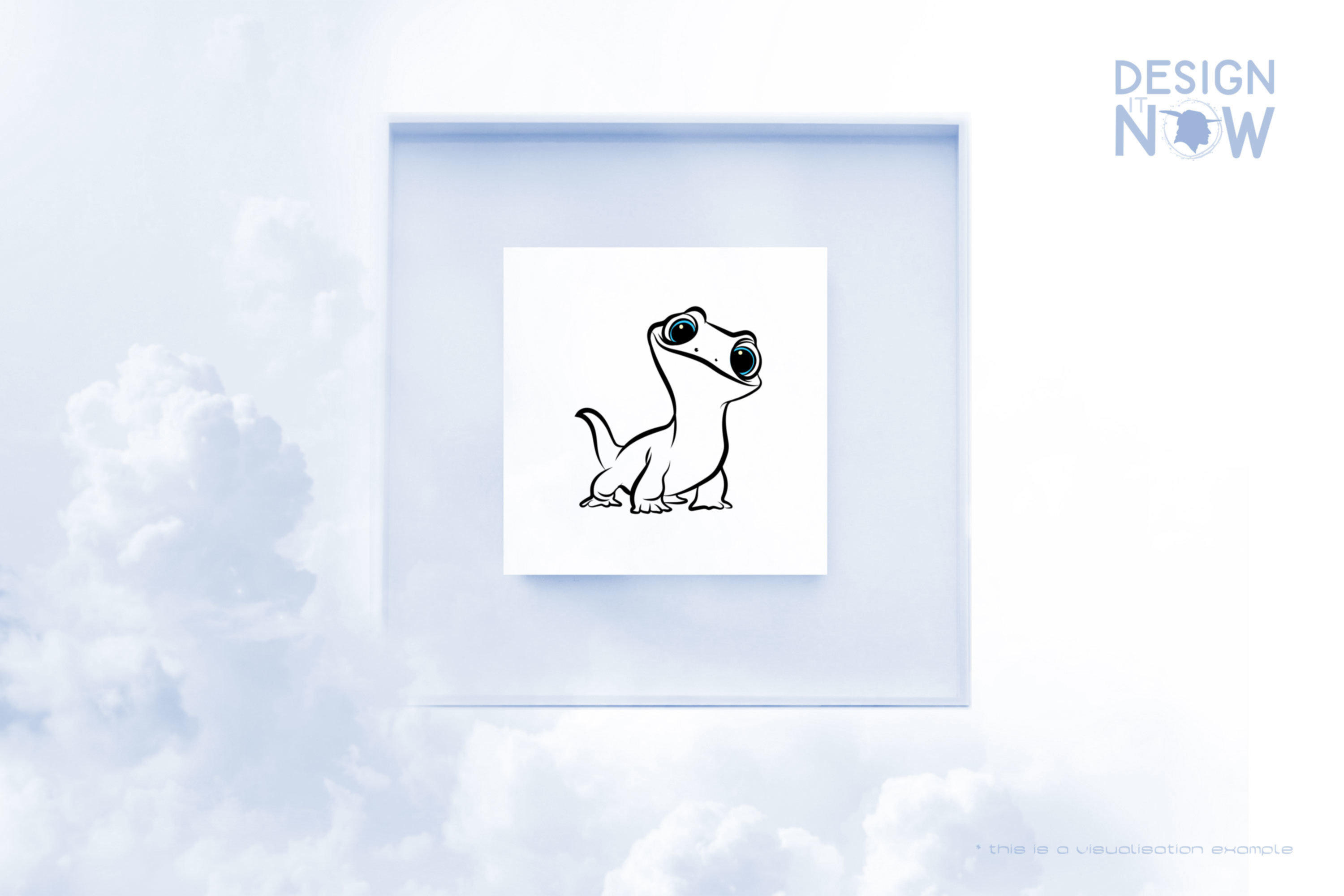US$1.10*
% US$4.40* (75% saved)Free shipping
Product number: CS00801
Product information "Cute Baby Dino Sketch"
The dinosaurs (Dinosauria, from ancient Greek δεινός deinós, German 'terrible, formidable' and ancient Greek σαῦρος sauros, German 'lizard') are a group of terrestrial vertebrates that dominated continental ecosystems in the Earth's Middle Ages from the Upper Triassic about 235 million years ago to the Cretaceous-Paleogene boundary about 66 million years ago. In classical systematics, dinosaurs are considered an extinct branch of reptiles, although they differ markedly in morphology from recent, or present-day, reptiles and are not particularly closely related to most recent reptiles, especially lizards and snakes.
From a cladistic point of view, which is the scientific standard today, both the sauropsids (sometimes alternatively referred to as reptiles altogether) and the dinosaurs include the birds that evolved from small theropod dinosaurs. Thus, not all dinosaurs became extinct during the mass extinction at the end of the Earth's Middle Ages, but with the birds a special evolutionary lineage of dinosaurs survived to the present day. This lineage proved to be extraordinarily adaptable and successful: birds make up about a third of all recent terrestrial vertebrate species, are represented in all terrestrial ecosystems, and also feature a group, the penguins, that is strongly adapted to life in and around water.
However, in zoology, which deals primarily with recent animals, and especially in ornithology, birds are still usually considered a class in their own right rather than dinosaurs or reptiles. The same is true in common usage. Even in modern vertebrate paleontology, an informal separation of birds and dinosaurs in the classical sense is common. The latter are also referred to as non-avian dinosaurs, in keeping with the cladistic view. Knowledge of dinosaurs is obtained by paleontologists through the study of fossils, which have survived in the form of fossilized bones, skin and tissue impressions, and trace fossils, i.e. footprints, eggs, nests, stomach stones or fossilized feces. Dinosaur remains have been found on every continent, including Antarctica, because dinosaurs evolved at a time when the entire mainland was united in the supercontinent Pangaea.
In the first half of the 20th century, dinosaurs were considered to be cold-blooded, sluggish, and not very intelligent animals. However, numerous studies since the 1970s have shown that they were active animals with increased metabolic rates and adaptations that enabled social interactions.
From a cladistic point of view, which is the scientific standard today, both the sauropsids (sometimes alternatively referred to as reptiles altogether) and the dinosaurs include the birds that evolved from small theropod dinosaurs. Thus, not all dinosaurs became extinct during the mass extinction at the end of the Earth's Middle Ages, but with the birds a special evolutionary lineage of dinosaurs survived to the present day. This lineage proved to be extraordinarily adaptable and successful: birds make up about a third of all recent terrestrial vertebrate species, are represented in all terrestrial ecosystems, and also feature a group, the penguins, that is strongly adapted to life in and around water.
However, in zoology, which deals primarily with recent animals, and especially in ornithology, birds are still usually considered a class in their own right rather than dinosaurs or reptiles. The same is true in common usage. Even in modern vertebrate paleontology, an informal separation of birds and dinosaurs in the classical sense is common. The latter are also referred to as non-avian dinosaurs, in keeping with the cladistic view. Knowledge of dinosaurs is obtained by paleontologists through the study of fossils, which have survived in the form of fossilized bones, skin and tissue impressions, and trace fossils, i.e. footprints, eggs, nests, stomach stones or fossilized feces. Dinosaur remains have been found on every continent, including Antarctica, because dinosaurs evolved at a time when the entire mainland was united in the supercontinent Pangaea.
In the first half of the 20th century, dinosaurs were considered to be cold-blooded, sluggish, and not very intelligent animals. However, numerous studies since the 1970s have shown that they were active animals with increased metabolic rates and adaptations that enabled social interactions.
Product Number: CS00801
Product Name: babydino-sketch
- 1 Design
- 5 Files
The following formats are included in the file you will receive: .AI .SVG .DXF .EPS .PNG
Baby Dino Sketch Cutting File, Hand-Drawn Dinosauria SVG Design, Baby CAD File, Dinosaur SVG File For Cricut, Lizard Arts And Crafts, Reptiles Laser Cut FIles, Zoology Vinyl Cutter Images, Cricut File Format, Cuttable Designs, SVG Shirts Design, Silhouette Files, Vector Graphics, Clip Art


